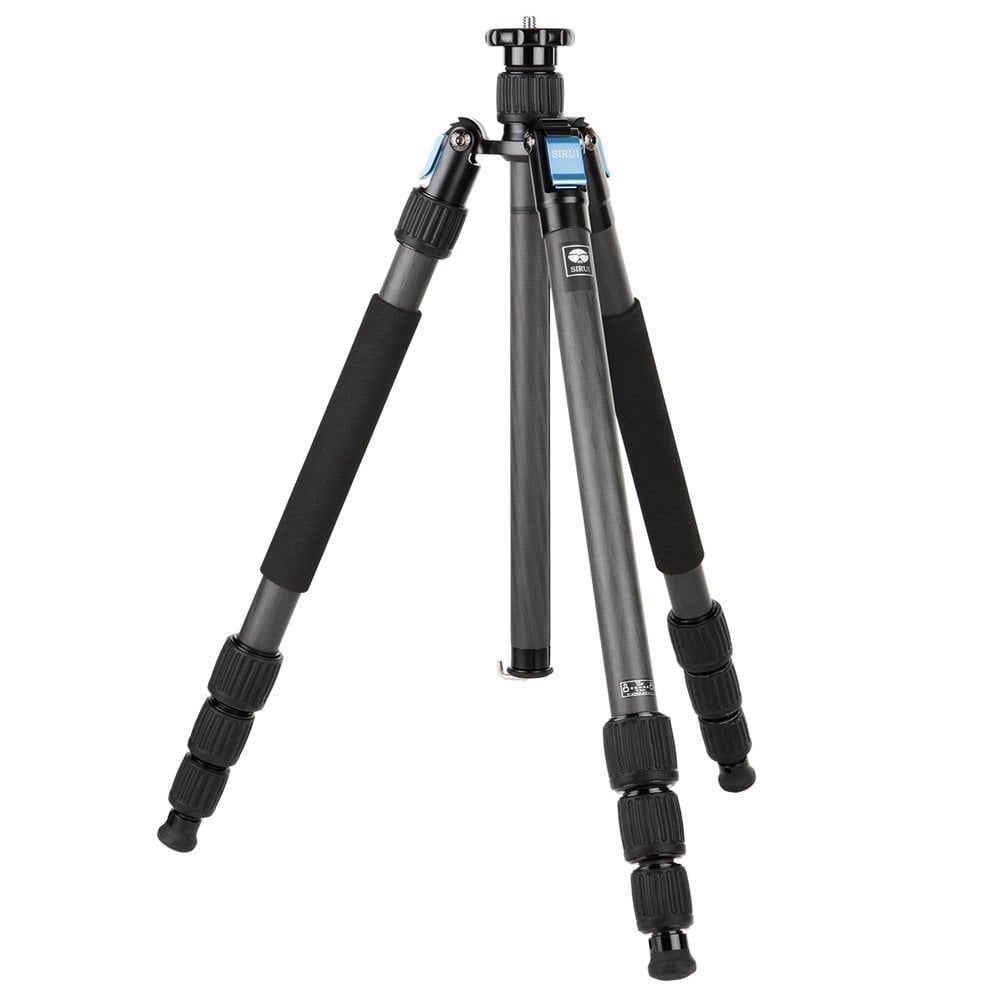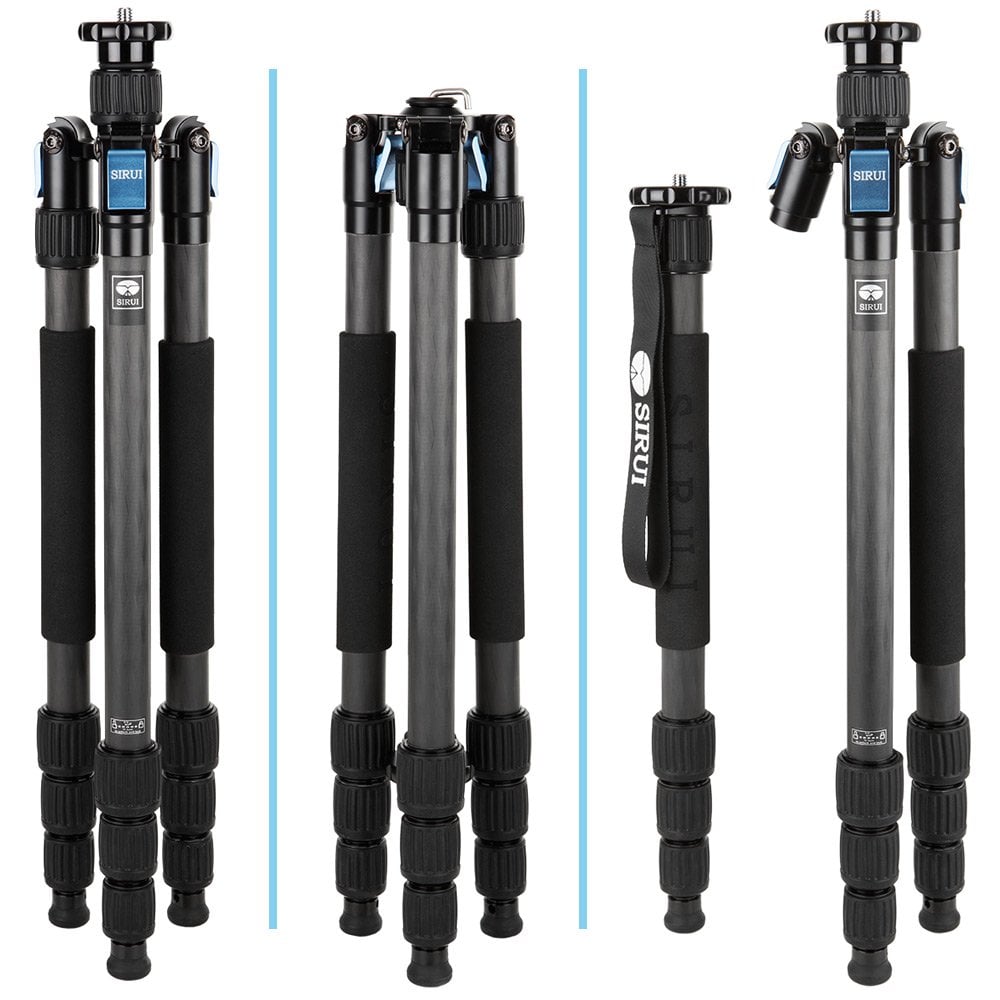For some photographers, the notion of shooting a landscape with a telephoto lens is sacrilege. After all, the majority of landscape photos are taken with a wide-angle lens, and it’s probably safe to assume that most landscape photography tutorials approach their teaching as though a wide-angle lens is the best choice.
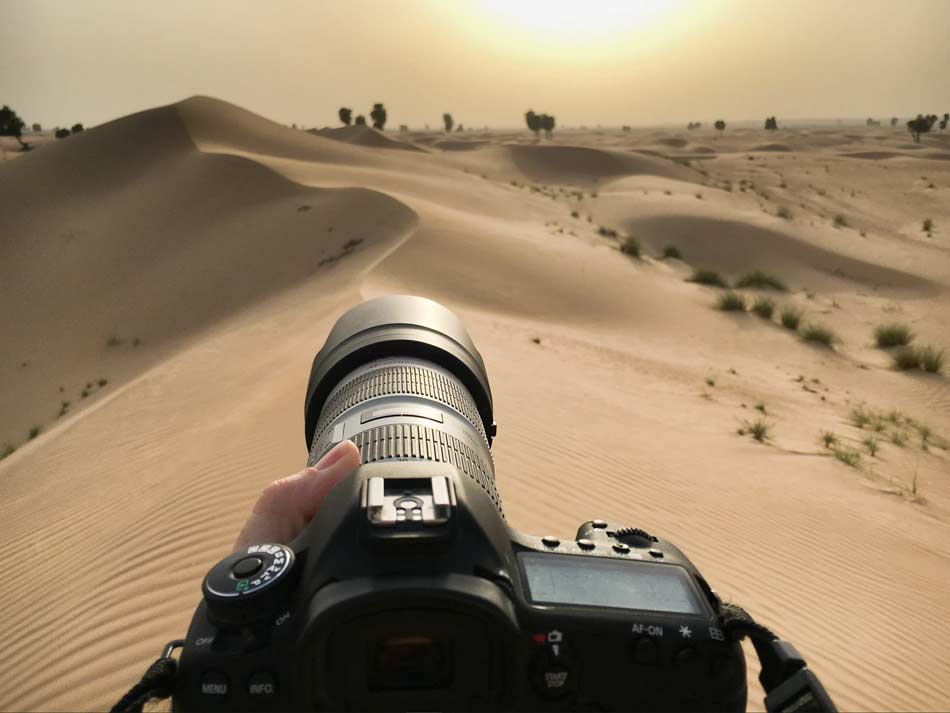
But, as is the beauty of art, the decision regarding the lens you use is wholly up to you. If you want to shoot with a wide-angle lens, that is your prerogative. It is important to note that while wide-angle lenses do indeed offer wonderful opportunities for making landscape photos, telephoto lenses offer wonderful opportunities as well.
Benefits of Using a Telephoto Lens
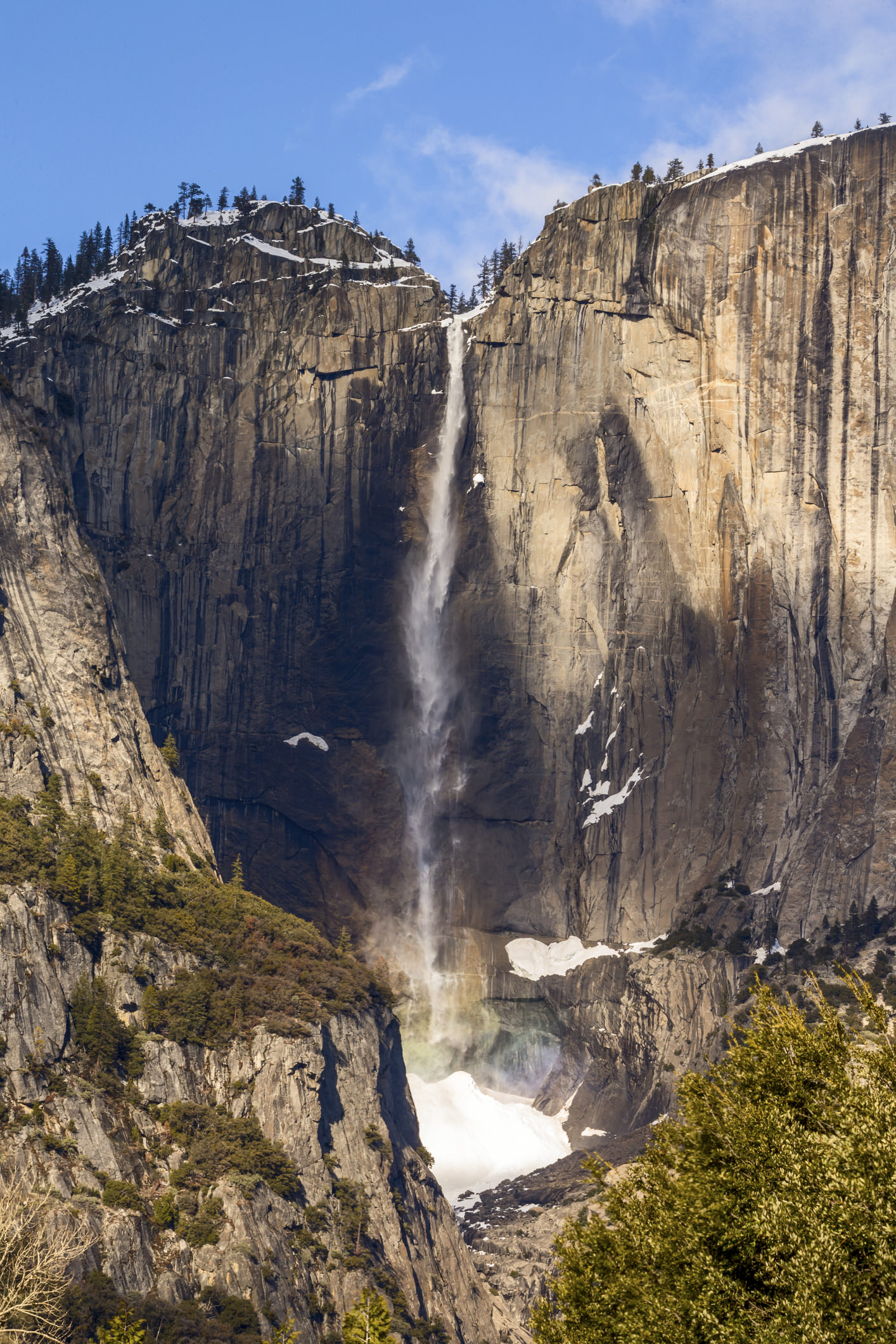
One can argue that landscape photography with a telephoto lens leads to more creative and unique images, simply because fewer landscape photos are taken with a telephoto lens.
You can isolate certain elements of the landscape in the frame much more easily, as was done in the image of the waterfall above. By the same token, you’re more apt to eliminate distracting elements from the scene by using a telephoto lens because of its narrower angle of view.
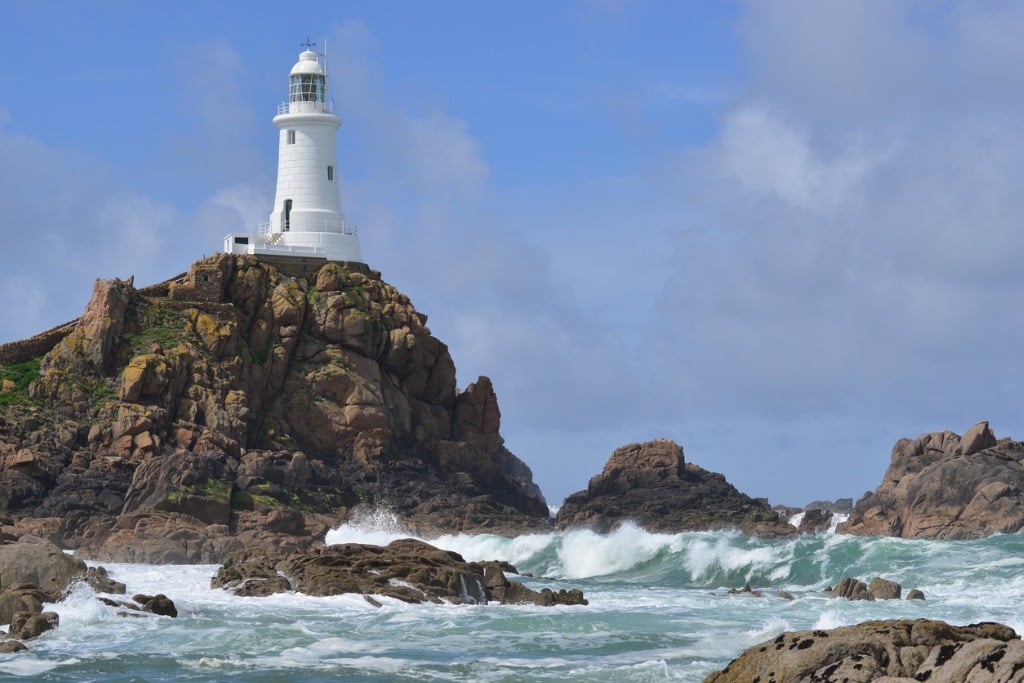
Another benefit of using a telephoto lens for landscapes is that it compresses the distance from foreground to background. That is, in a photo of a mountain scene, mountain peaks that appear distant in a wide-angle photo become much more prominent in a photo taken with a telephoto lens.
As a result of this, landscapes take on a much different scale: rather than feeling wide and deep, they feel narrow and shallow.
Telephoto Tips
Naturally, the approach to using a telephoto lens will be different than a wide-angle lens from both a practical and compositional standpoint. Here are a few top landscape photography tips for maximizing the use of your telephoto lens for landscape photography.
Have Some Support
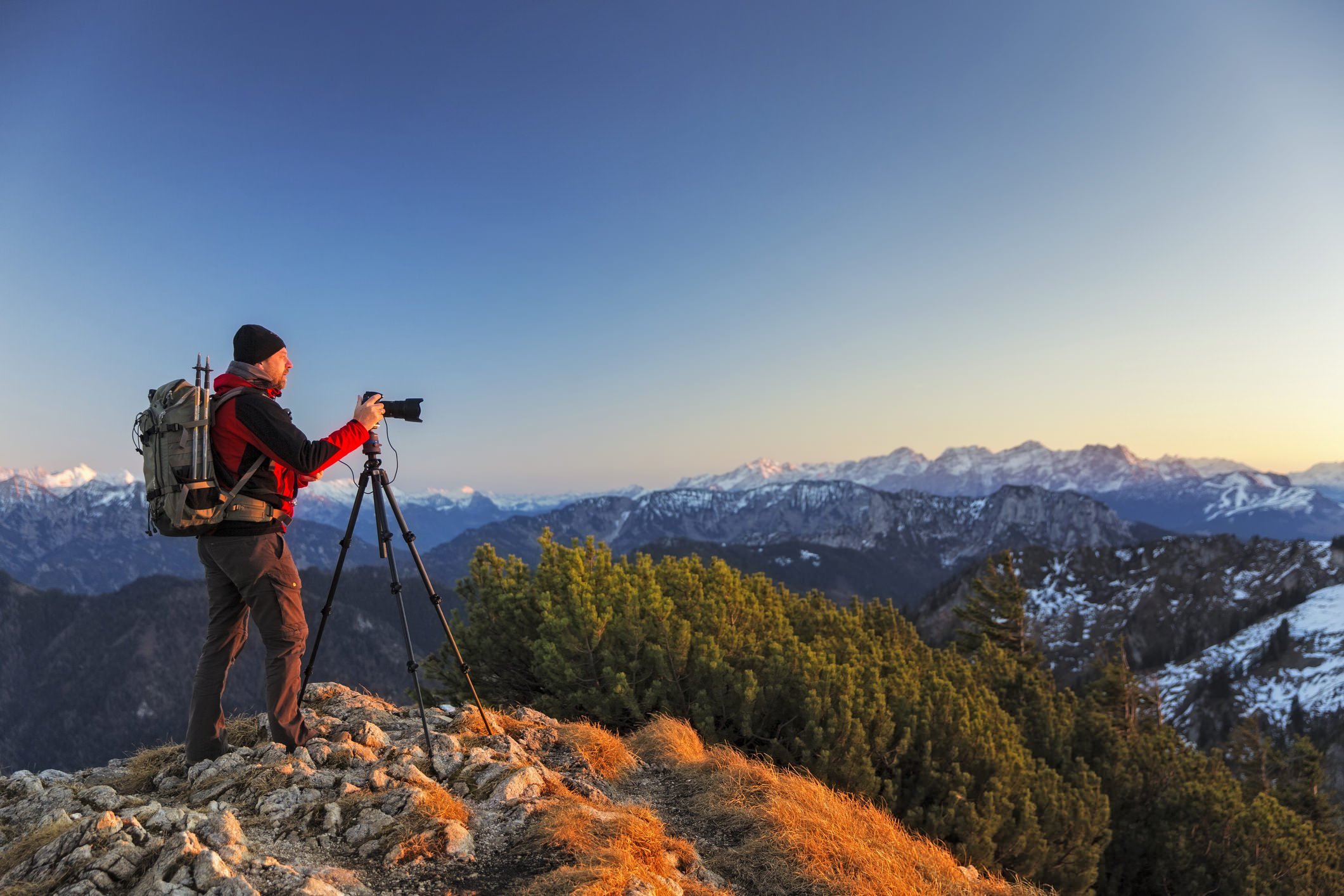
Blurry photos due to photoshoot camera shake can be a problem with any lens, but because they are so long and heavy, it’s more of an issue with telephoto lenses.
Use a tripod (or, for more maneuverability, a monopod) to give yourself the stable base you need to get sharp photos.
Better still, you can opt to invest in a tripod that converts into a monopod, that way you have the best of both worlds!
I personally use the SIRUI W-2204 tripod, and it has been a rock-star no matter what I throw at it.
In addition to the handy built-in monopod, this rig is waterproof and dustproof. That's a big bonus for me because I shoot a lot of photos at the beach.
I just wipe the tripod down when I'm done and it's ready to rock for the next outing.
This tripod is easy to setup as well - the twist leg locks make quick work of getting it ready for the shot while the big rubber feet give it a sturdy, stable base. There's even metal spikes you can use to keep this tripod steady on uneven or slippery surfaces.
I appreciate the fact that it's made of lightweight carbon fiber - the tripod weighs just under four pounds - but because carbon fiber is so strong it can hold nearly 40 pounds of gear.
That means that this tripod is the best of all worlds - it's easy to use, packed with features, and durable as well.
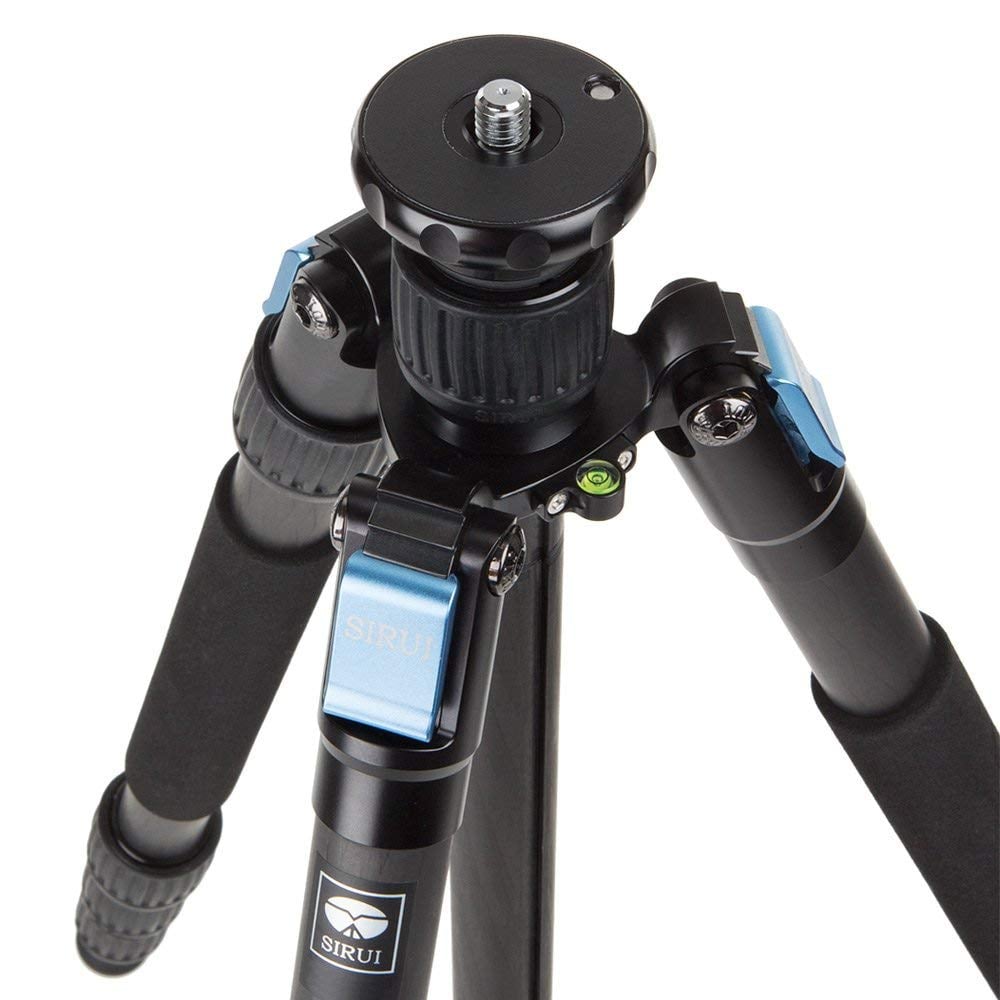
But if the situation just isn’t conducive to using a tripod or monopod, find a stable surface (i.e. a bean bag on a fencepost) to give you some support.
Alternatively, if you need to shoot handheld, bear in mind that you need a sufficiently fast shutter speed to avoid potential camera shake. A good rule of thumb is that the shutter speed must be faster than the inverse of the focal length. So, if you’re using a 300mm lens, the slowest shutter speed you should use is 1/300 seconds.
Take Measures to Reduce Camera Shake

In addition to using some sort of support for your lens, it’s also recommended to use a remote shutter release rather than depressing the shutter button on your camera. If you’re shooting at a sufficiently slow enough shutter speed, just the act of pressing the shutter button can create enough camera shake to induce blur.
Furthermore, it’s also recommended to use the mirror lock-up function if you have a DSLR camera. Again, the action of the mirror flipping up can vibrate the camera and lens enough to degrade the sharpness of the image. By locking the mirror in place, you negate the possibility of that happening because the shutter is delayed a few seconds after the mirror is locked to allow any vibrations to subside.
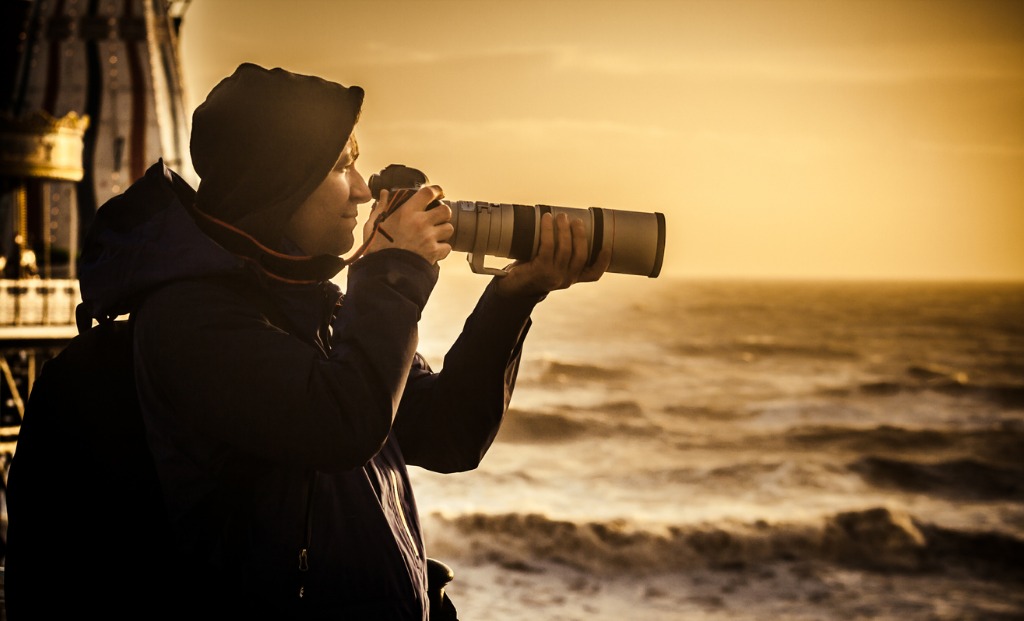
Though it seems counterintuitive, the image stabilization feature on your camera or lens can actually cause camera shake when your camera is on a tripod. Any movement of the lens when mounted on a tripod will be exacerbated and result in an image that has notably less sharpness. So, if you’ve got image stabilization as an option, turn it off unless you’re holding the camera in your hands.
Choose Your Aperture Wisely
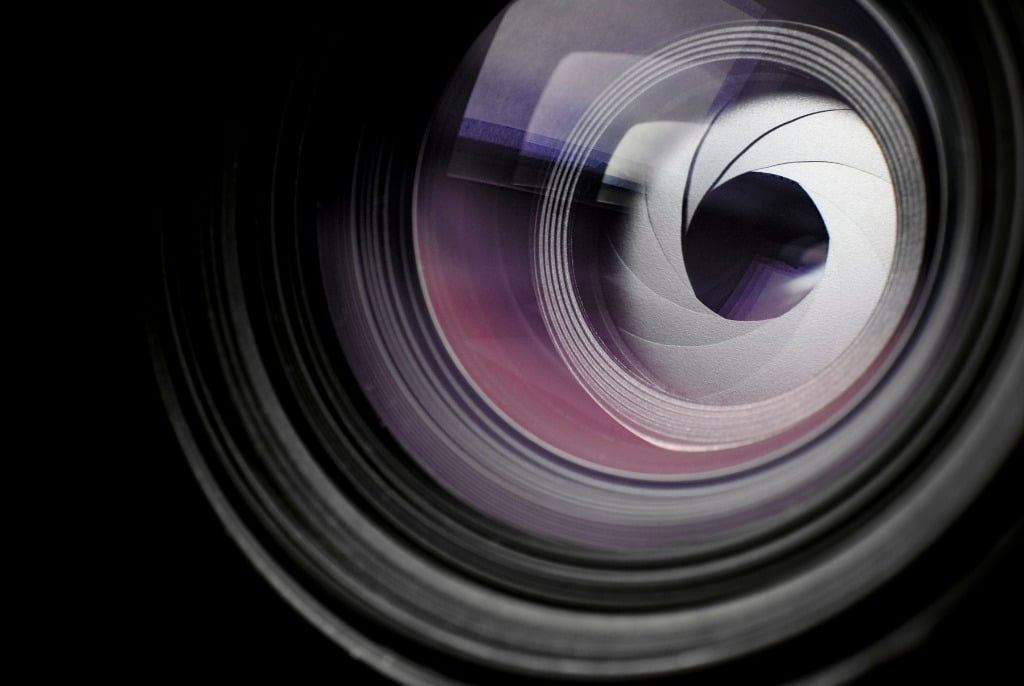
As is always recommended, keep an eye on the aperture you select when taking your photo.
Remember that as the aperture extends towards the minimum or maximum values allowed by your lens that sharpness is reduced due to diffraction. As a result, keep your aperture at the lens’ sweet spot, which is traditionally in the f/8 to f/11 range. Doing so will reap the benefits of the lens’ sharpness and will help get you images that are optimally focused from foreground to background.
Isolate Interesting Features
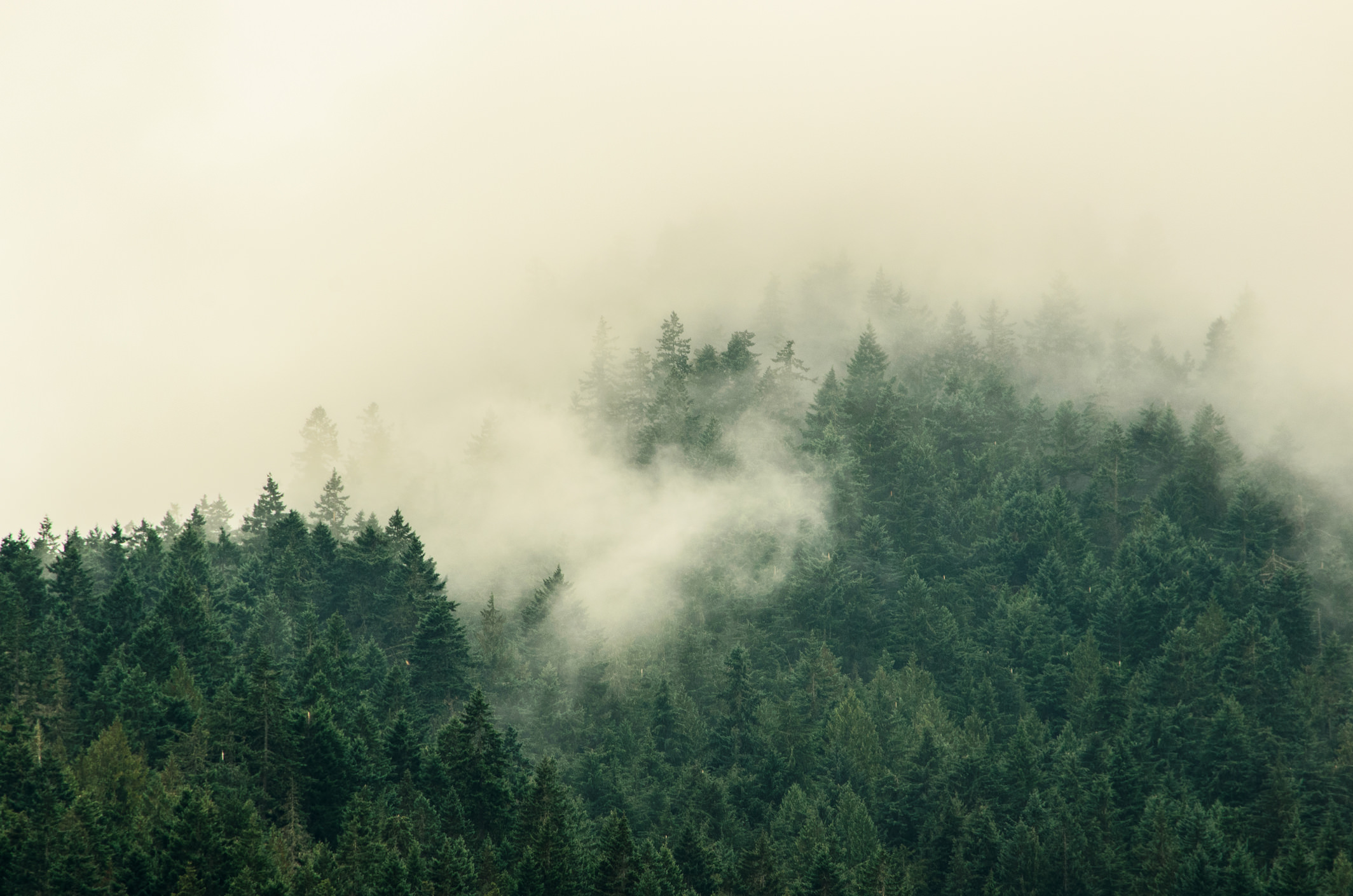
As noted earlier, the advantage of using a telephoto lens is that you can more easily isolate features in a landscape. For example, in the image of the forest above, a telephoto lens allowed the photographer to focus on this one small vignette in which the mist is interacting with the tree tops. The level of detail of the trees and the wispiness of the clouds makes this a much more intimate photo.
Better still, for all we know there might be a group of unattractive buildings, a highway, or some other unsightly object just outside the frame. But, because a telephoto lens allows you to discard distracting or unrelated elements, you can still create a gorgeous image, even if the larger scene isn’t all that spectacular.
When choosing elements to isolate, focus on things that add interest, depth, and drama to the shot. Leading lines, layers, textures, forms, and patterns are all excellent subject matter for a telephoto image of a landscape.
Look for Weather
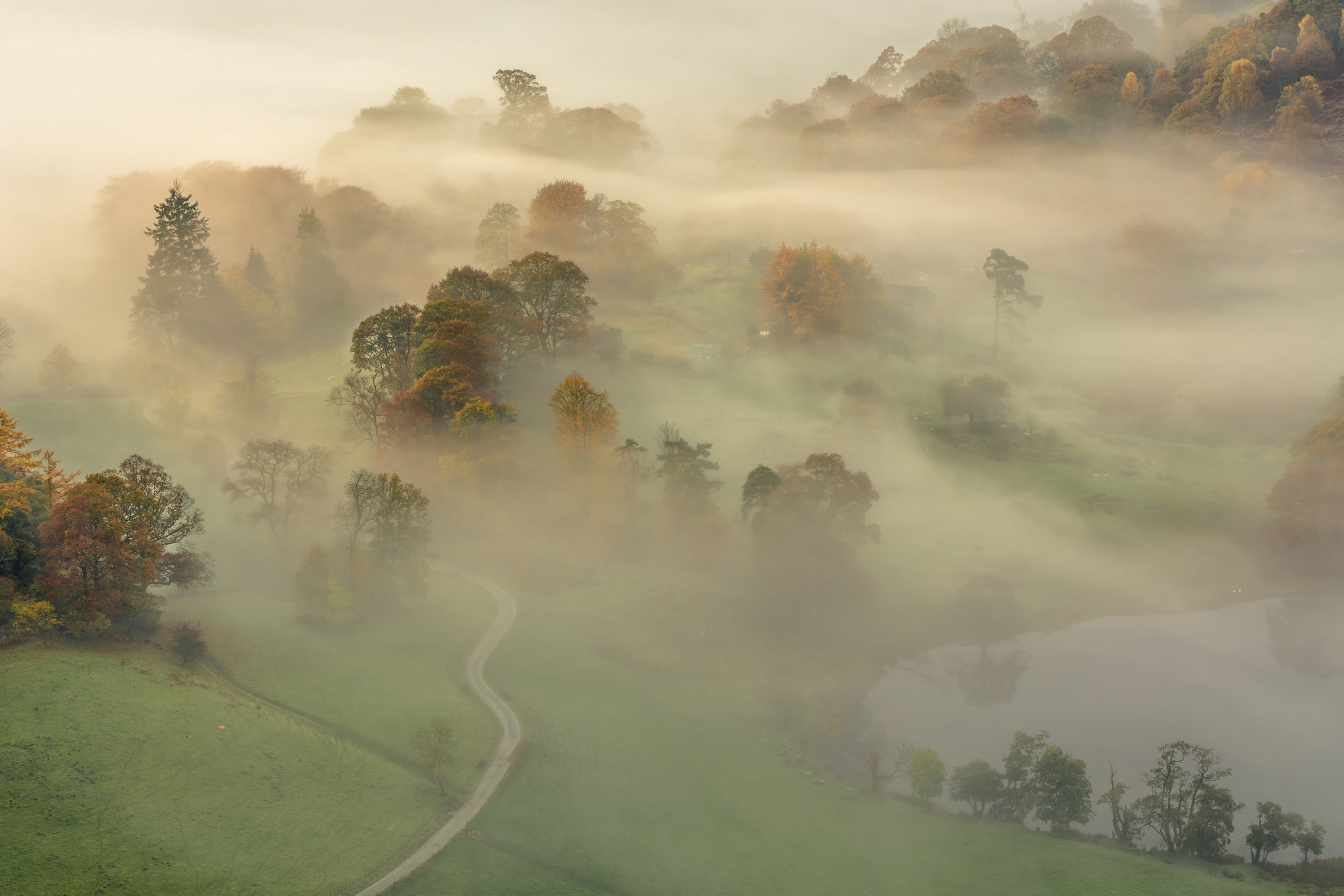
Weather-related elements are a great addition to a landscape photo no matter what the focal length of your lens. However, the impact of weather on a landscape can take on new meaning when you can get in close and frame a shot that highlights the interaction between weather events and the landscape.
Fog, mist (as seen earlier), storm clouds, and lighting are just a few examples of dramatic weather that can make for a more dynamic landscape image. In the image above, the telephoto view of the countryside is enhanced with the fingers of fog extending between each stand of trees. Note as well how there are multiple elements that increase the interest in the shot - the colors of the trees, the leading line of the path extending from the foreground to the midground, and the soft lighting coming in from the left, to name a few. Each of these elements is on full display in part because of the narrower angle of view afforded by the telephoto lens.
Focus on Lighting
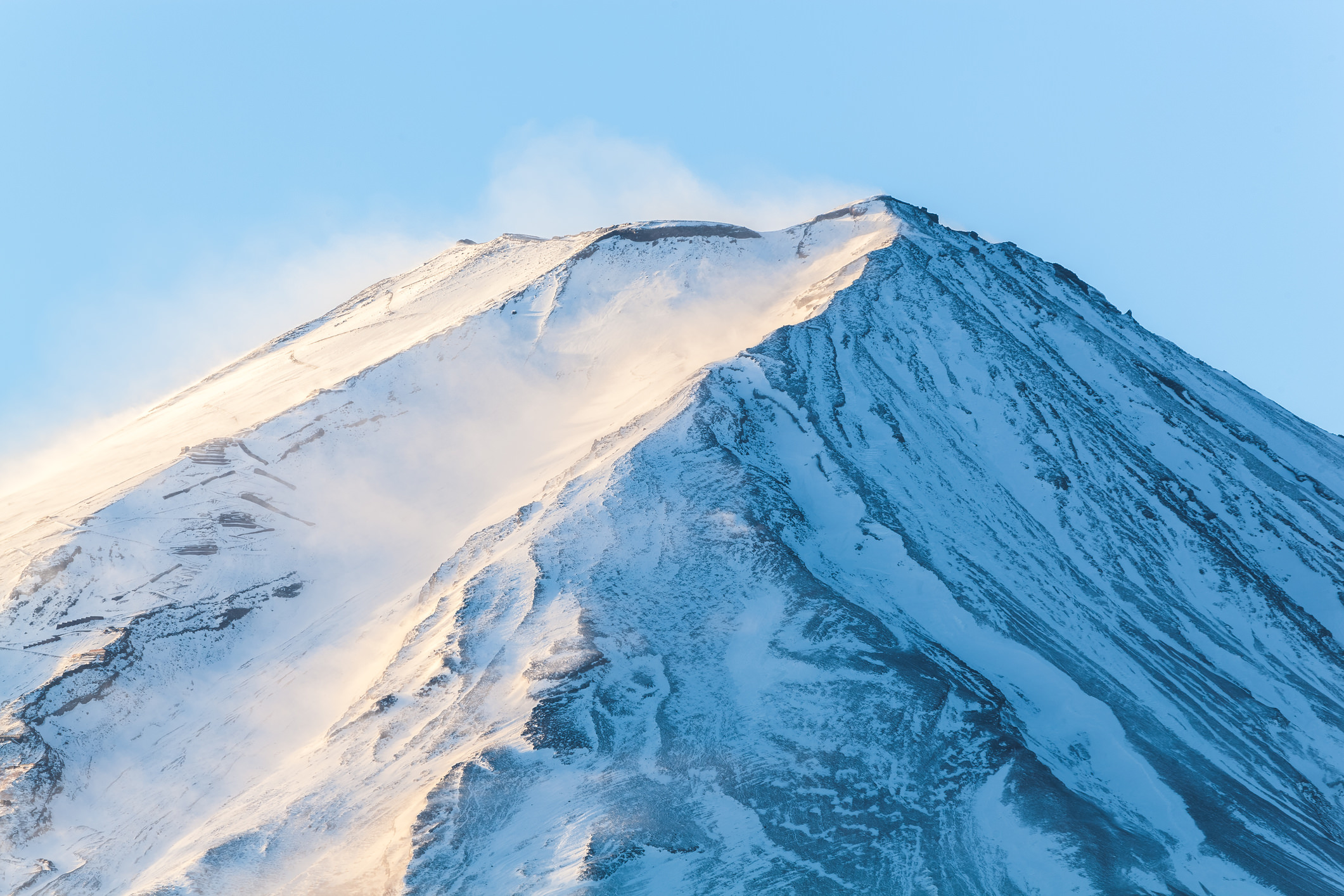
Lighting is an important feature of any quality landscape image. But because telephoto lenses compress the perceived distance between foreground and background, lighting is even more important because without direct light falling on some part of the scene, the image can be dull and fall flat.
Note that sidelighting is optimal for telephoto landscape images. As seen in the image above, the light falling on the mountain from the left side of the frame accentuates the ridgelines of its peak. This, in turn, gives the image more depth and dimension, making it a more interesting shot to view. Alternatively, imagine the same image with flat lighting from the front - it would be far less dynamic.
Final Thoughts
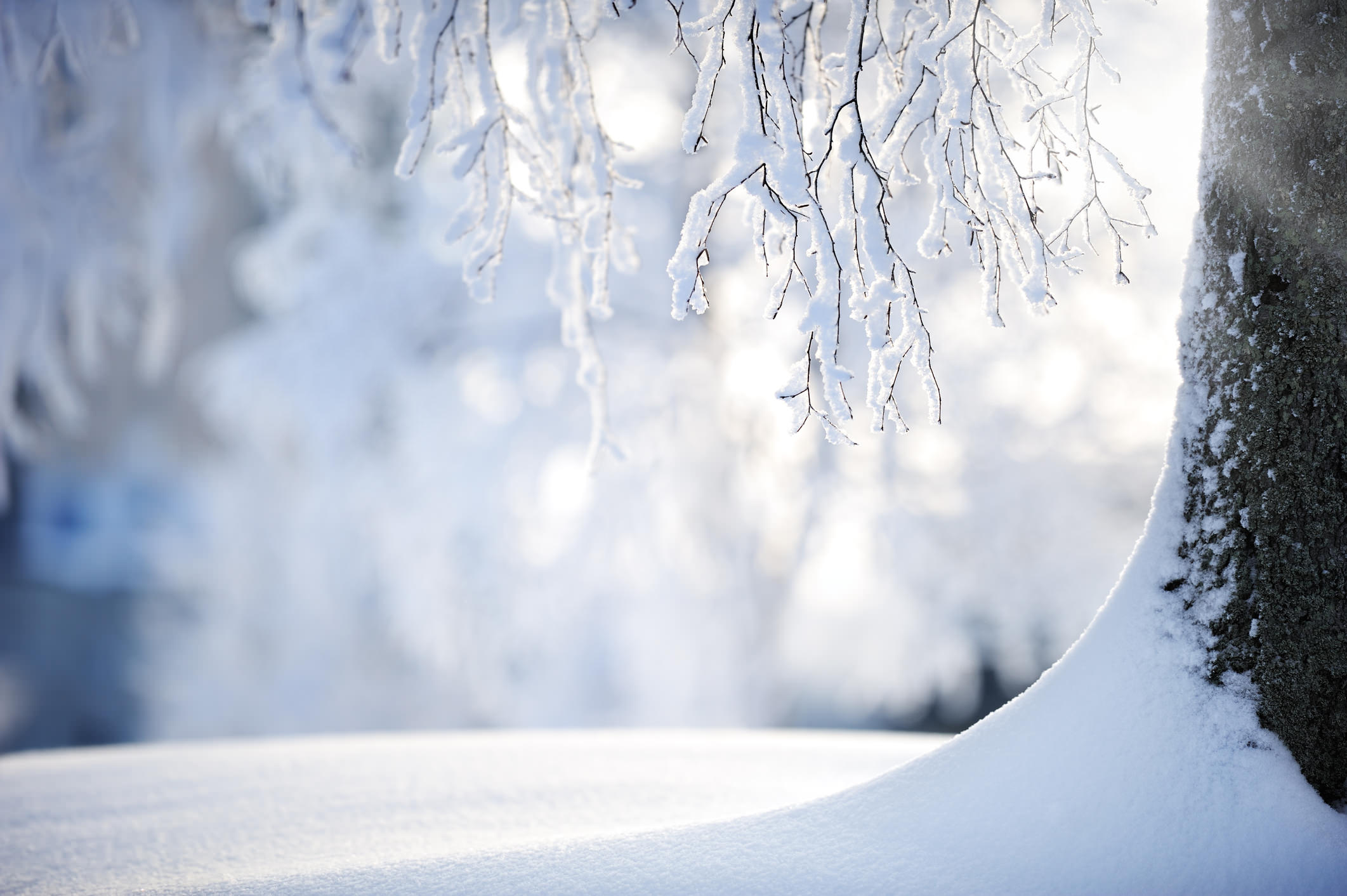
Telephoto lenses aren’t cheap, to be sure, but as we’ve discussed here, there are plenty of benefits of using a telephoto lens for landscape photography. It’s simply a matter of keeping practical and compositional issues in mind such that you maximize your ability to get the best shot possible.
If you don’t have a telephoto lens, rent one for a day and see about challenging yourself to see landscapes through a telephoto lens. You’ll likely find that it’s a fun activity, and one that benefits all of your landscape photos, regardless of the focal length used.
This blog post about "6 Tips for Landscape Photography With a Telephoto Lens" was first published on our website here https://www.photographytalk.com/landscape-photography/7218-6-tips-for-landscape-photography-with-a-telephoto-lens
